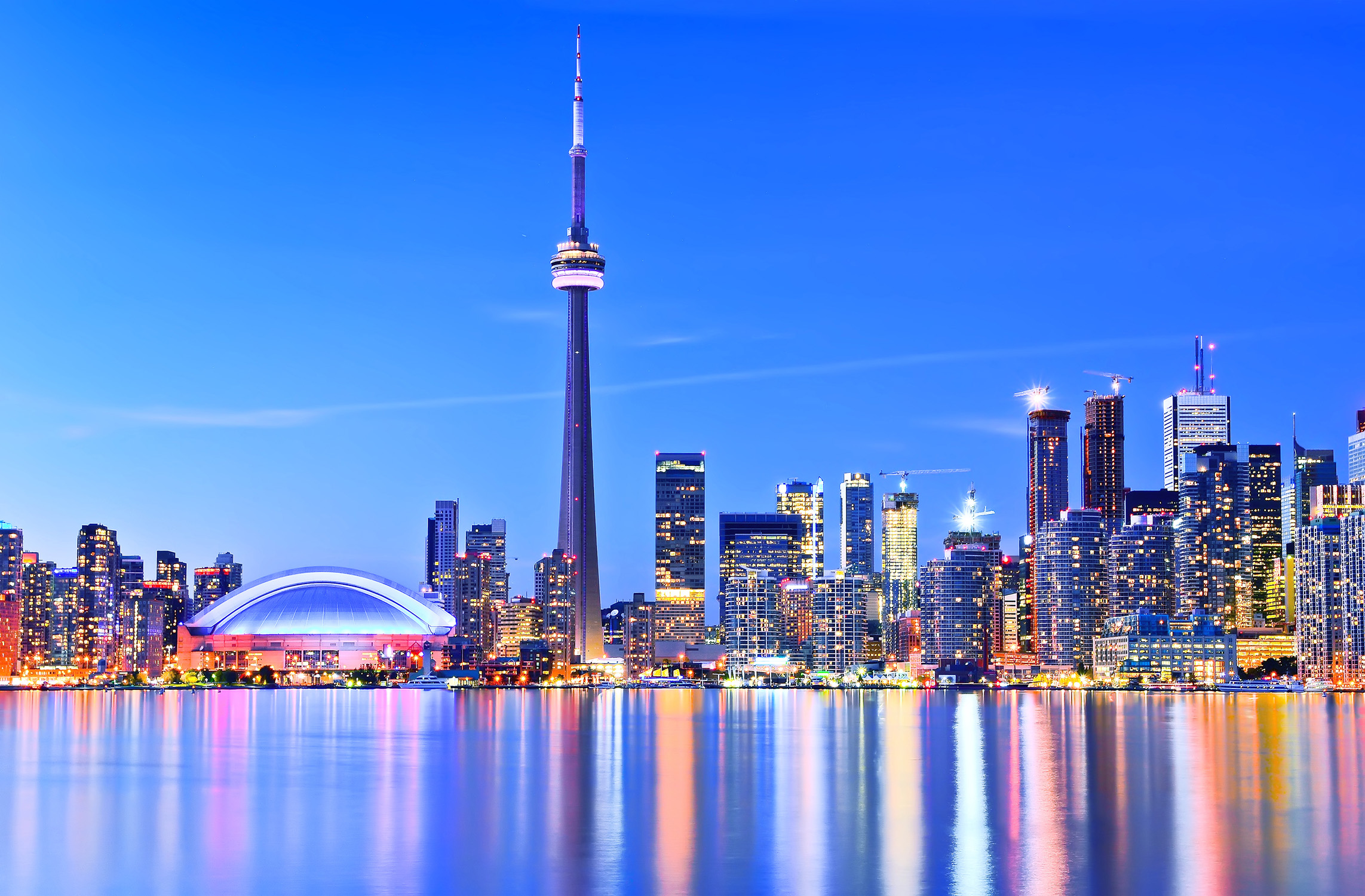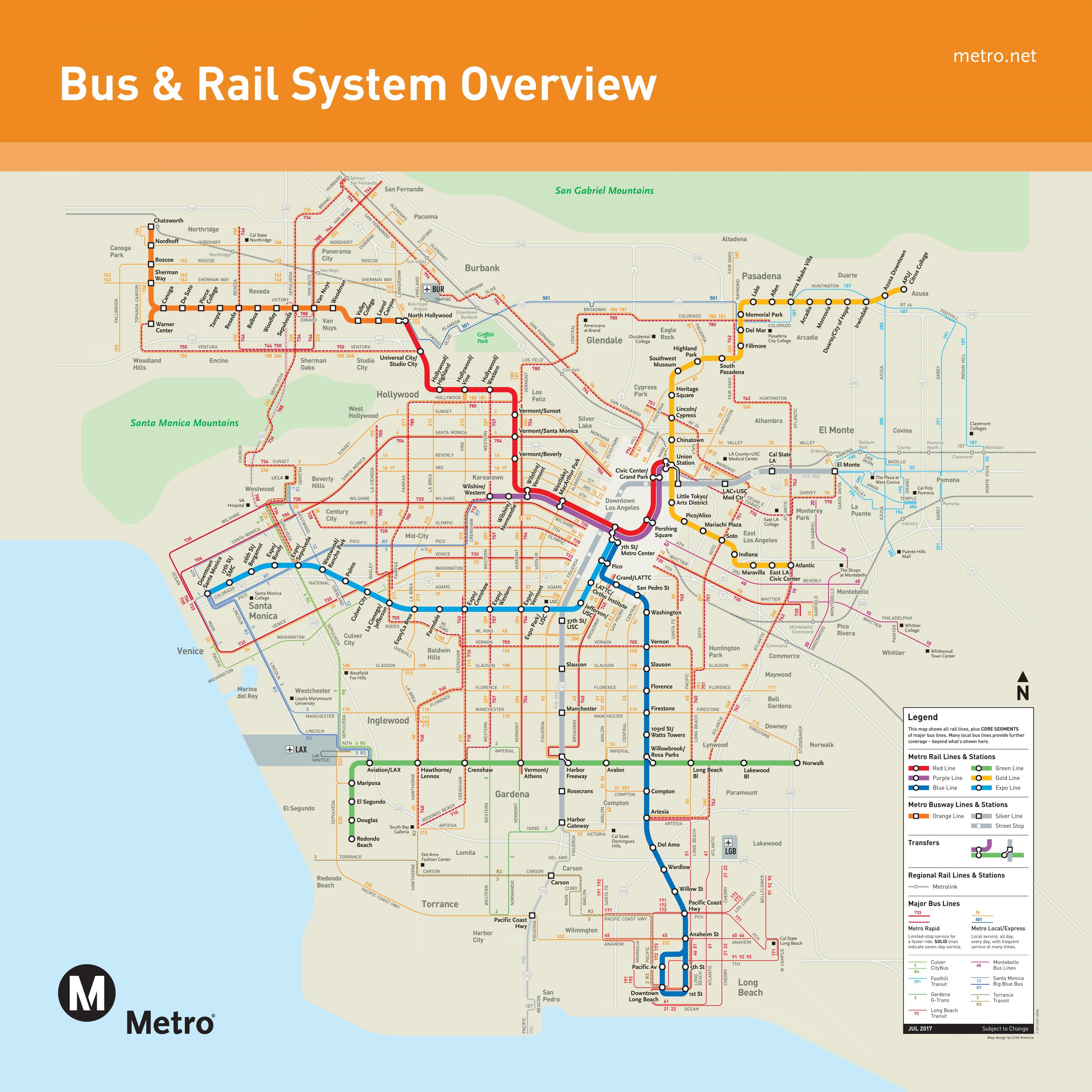Toronto is one of the most popular travel destinations in North America. With its vibrant culture, world-class attractions, and friendly people, it’s no wonder so many tourists want to visit. However, before embarking on a trip to Toronto, travelers must determine the optimal way to get there. Different transportation methods each have their advantages and limitations depending on various factors like distance, purpose of travel, and budget. This article examines the pros and cons of flying, taking the bus or train, driving, and other considerations for traveling to Toronto.
Weighing the long-distance ground transportation Options
For travelers coming from nearby places like Hamilton, Ottawa, or Montreal, long-distance ground transportation can be a cost-effective and scenic way to reach Toronto. The Go Bus provides comfortable coach services between Toronto and Hamilton with Wi-Fi onboard. The journey takes around 2 hours each way. Meanwhile, Via Rail runs passenger trains on the corridor between Toronto and both Ottawa and Montreal. Taking the train allows passengers to relax and enjoy the passing landscape while traveling at speeds up to 150 km/h. However, train trips from Ottawa or Montreal to Toronto last 5-6 hours each way. For long-distance trips over 500 km, other transportation modes may prove faster.
Considering a Road Trip from Distant Locations
For those visiting from farther U.S. cities within driving distance like New York, Buffalo, or Detroit, renting a vehicle and driving to Toronto could allow for flexible itinerary planning along the way. Travelers can stop to explore places that catch their interest or visit family and friends en route. However, road trips exceeding 10 hours each way can become tiring and stressful. Additionally, international drivers may face higher car rental and gasoline prices in Canada compared to their home country. Overall, self-driving is best suited for nearer locations under 9 hours away by car.

Weighing the Convenience of Air Travel
Flying has become the fastest way to reach Toronto from more distant points of origin. Major airlines offer multiple daily nonstop flights from major U.S. hubs like New York, Chicago, Boston, Washington D.C., and more. The flight time from major Northeastern cities generally ranges from 1-2 hours. While airfare costs can be competitive when booked well in advance, flights require arriving at the airport 1-2 hours before departure times. Travelers also need to arrange transportation into downtown Toronto once they land. However, airline travel drastically reduces travel times compared to driving or ground transportation for long distances over 500 miles or 8 hours by car.
Considering Alternative Transportation Modes
For some international travelers, cross-border bus routes or trains may provide another cost-effective way to experience Toronto without flying. Megabus and Greyhound operate services between Toronto and major Northeastern American hubs. Meanwhile, Amtrak train lines connect Toronto with New York City and other cities in the Midwest and Northeast regions of the U.S. Though travel periods often span 8-15 hours each way by ground, these options free travelers from airport security screenings and check-in times. They also allow stopping points not available by plane. So for exploring en route places of interest, buses or trains prove more flexible over long distances domestically or internationally.
Weighing Travel Purpose and Budget Constraints
The decision around how to travel to Toronto ultimately depends on an individual’s travel purpose and budget. Business travelers seeking to maximize time efficiency would favor air travel from farther origins. Meanwhile, leisure travelers exploring Ontario or on extended vacations may enjoy the experience of scenic long-distance ground transportation or road trips to extend their Canadian itineraries. Those watching budget constraints could save hundreds by selecting cost-effective options. Ultimately, weighing factors like travel time, flexibility, comfort, extra expenses and priorities will determine the ideal mode of transportation for exploring Canada’s vibrant cultural center - Toronto. Proper trip planning utilizing these comparisons helps ensure smooth, safe and budget-friendly journeys.
Conclusion
In summary, no single transportation method provides the best option for all circumstances traveling to Toronto. Air travel proves fastest from locations over 500 miles away but more expensive with higher costs per person. Ground and rail transportation provide relaxed sightseeing experiences for nearer points within 8 hours by car or train. Driving allows extreme trip customization and flexibility for road trippers. Buses and trains combine the affordability of ground transportation with fewer required stops for long-distance international trips. With care comparing the specific distance, budget, and trip goals involved, travelers can choose their ideal mode of entry into the exciting city of Toronto. Proper research and advanced trip planning will lead to stress-free journeys.

 Taking Public Transportation in Los Angeles
Taking Public Transportation in Los Angeles